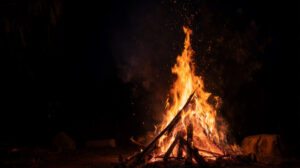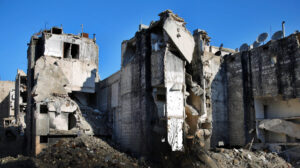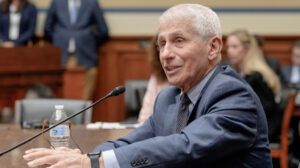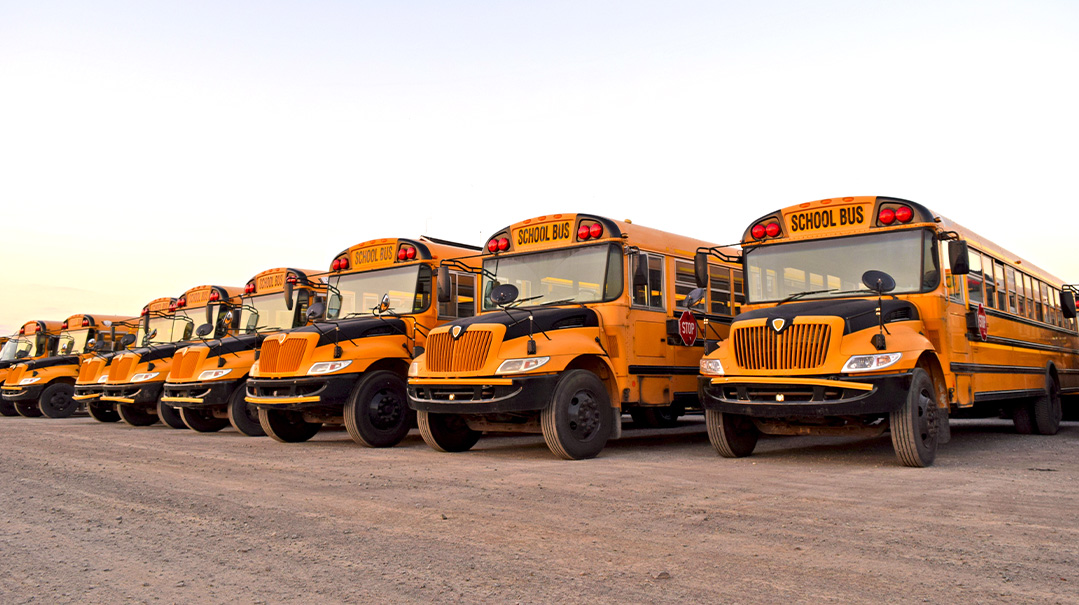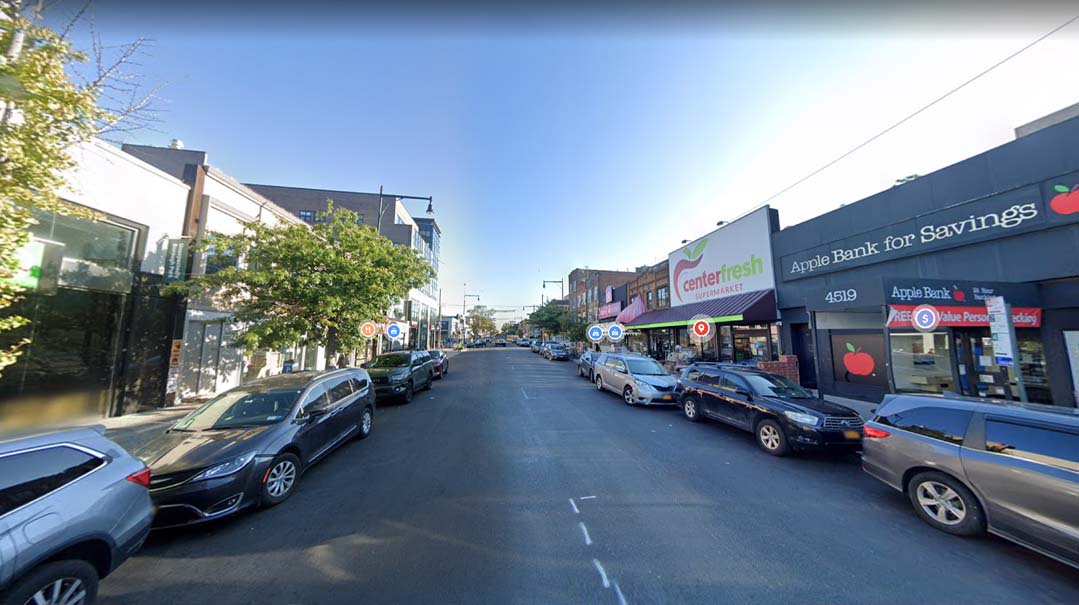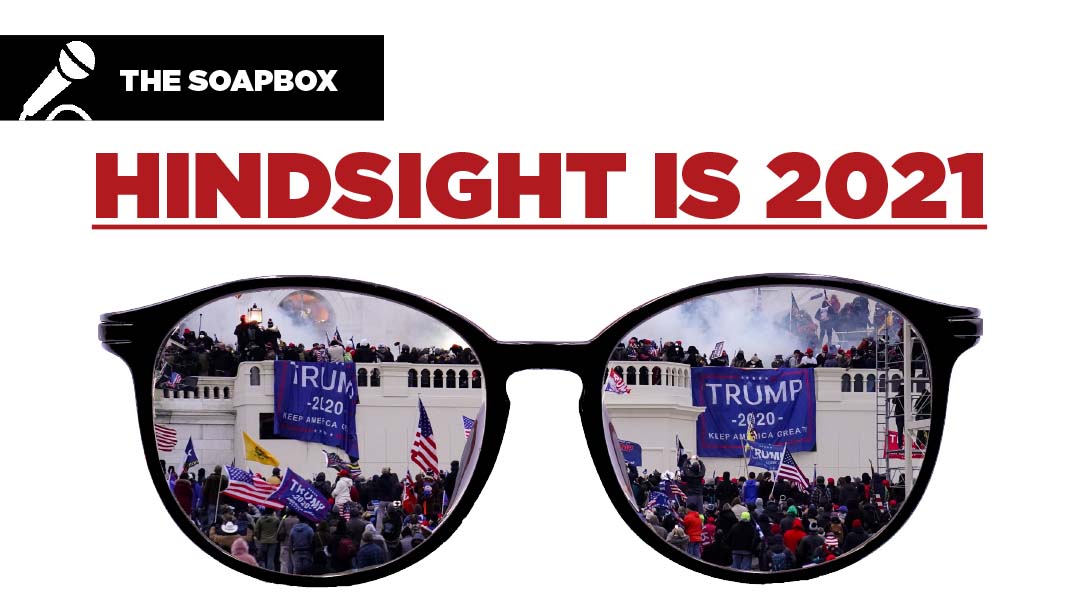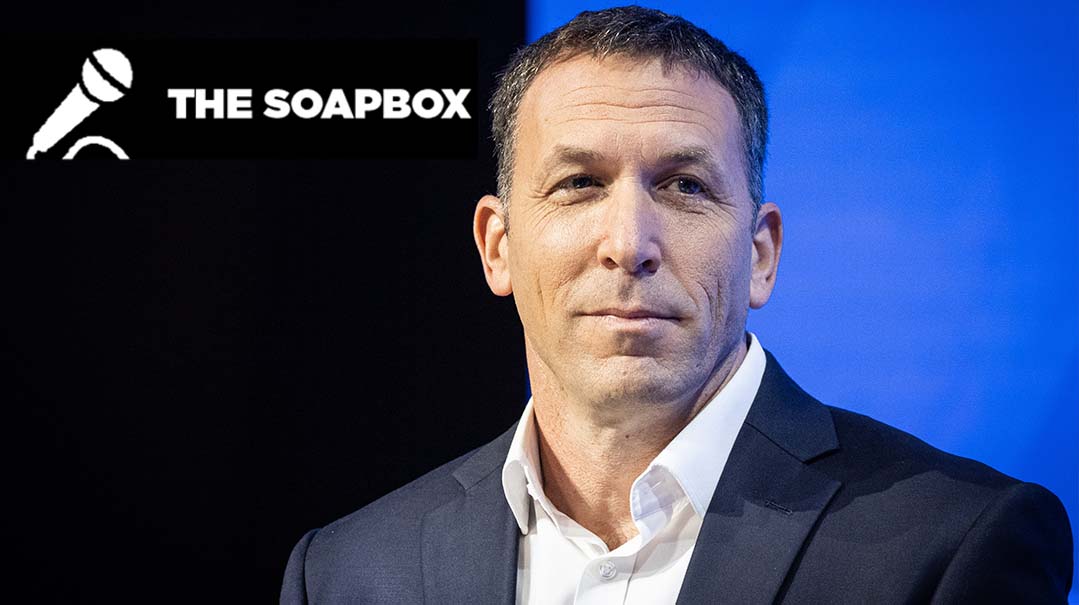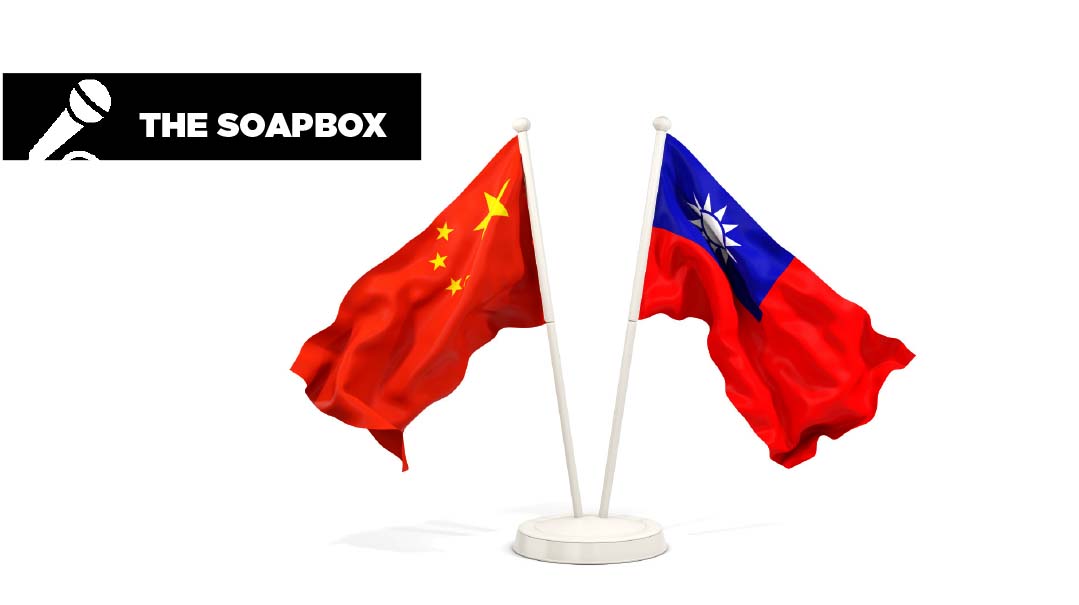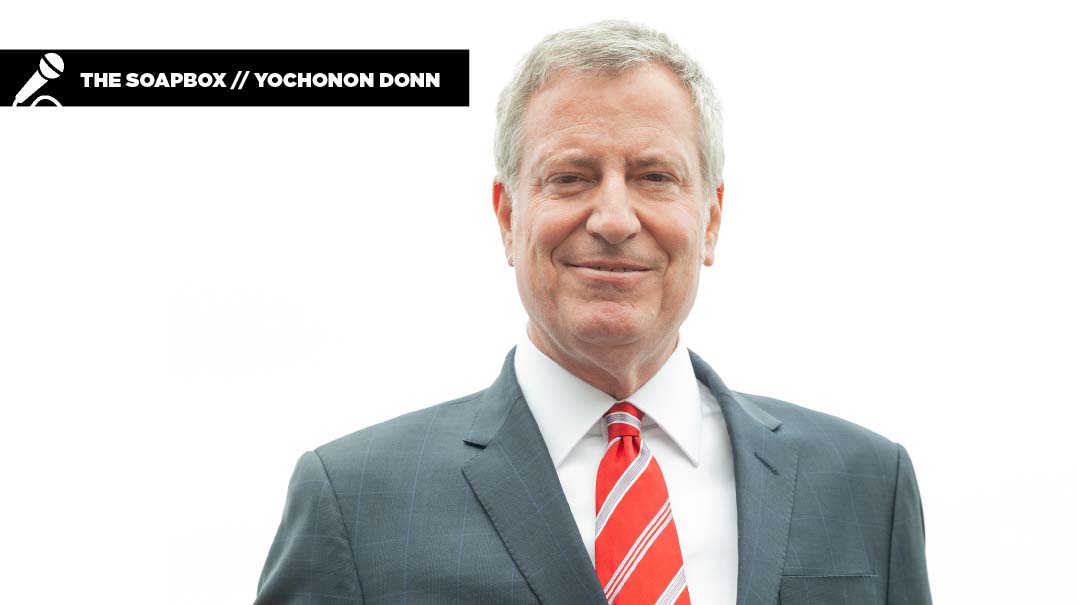We Need to Talk about Voting
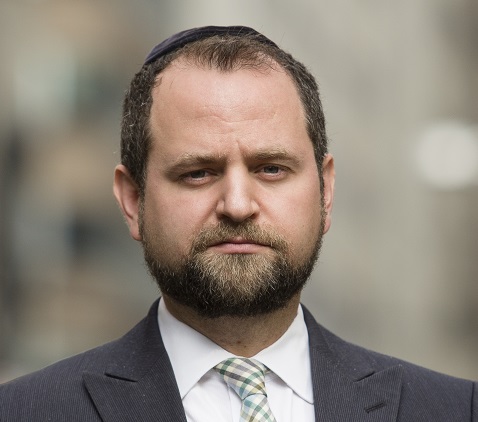
It’s time for a communal and individual conversation, because the stakes of not voting are too high
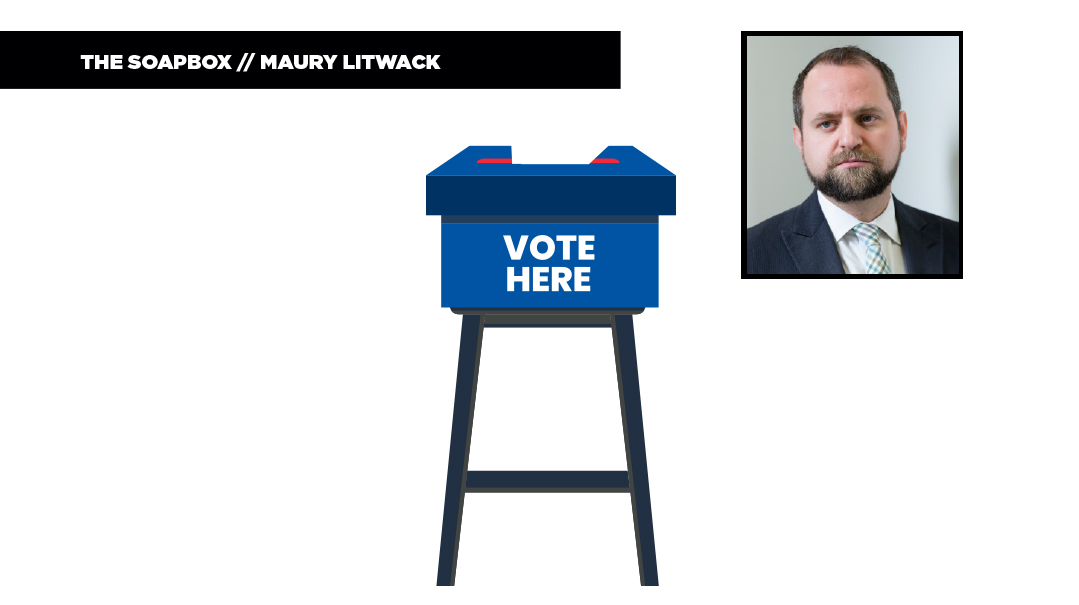
You are making a simchah and to your great disappointment, only 14% of your guests show up.
You give everyone the benefit of the doubt… maybe there was a huge accident on the Turnpike; a storm was in the forecast, whatever.
Four years later, you make another simchah and this time you really get the word out. You check with those who didn’t show up the last time, you remind them the day of, the big day arrives, and 25% of your guests attend. Okay, it’s a big improvement from the last one, but it’s still not good. Is it the location? The competing school dinner? Did you not do enough?
When it comes to a simchah, I hope this never happens. But friends, it did just happen in the New York mayoral primary election on June 22. Only 25% of eligible New York City voters cast their ballots. Sure, it’s better than the 14% voter turnout in 2017 but, let’s be honest, 25% is nothing to celebrate.
Don’t think this is just a New York City phenomenon. The results in the New Jersey primary in June were similar — higher voter turnout, but still, the average was under 30%. And it’s the same story in too many elections around the country.
When I worked in Congress, I was asked if I wanted to volunteer on a campaign in Kentucky and knock on doors to encourage people to vote. We would go to a neighborhood of 30 houses and knock on five doors and skip the rest. I thought this was a bizarre way to remind people to vote, but I was told that these lists were carefully selected, with the focus being on the true 20% who actually showed up at the polls.
Clearly, the American public has a voter turnout problem that might be explained by a combination of apathy and distrust in the process. But whatever the explanation, the attitude has spilled into the frum community in a troubling way.
A number of local and state elections in major frum communities have been decided by thousands if not hundreds of voters. One local official, who lost by less than 100 votes in one of these elections, once detailed to me the dozens of different excuses he heard from community members on why they couldn’t make it to the polls. And make no mistake, there’s a high cost to our community of not voting, including less funding for our yeshivos, public safety decisions, and impact on taxes.
Organizations, rabbanim, askanim, and myriad hardworking volunteers knew this in advance of 2021 and rang the alarm. Klal Votes is an effort of volunteers that organized record voter turnout in Far Rockaway. Brooklyn United mobilized Williamsburg and Boro Park and that resulted in 5,000 people joining the voter rolls. Toms River volunteers led a phone, advertising, and WhatsApp effort that led to a significant voter increase.
These groups moved the needle, but the turnout is still too low, and I believe we are beginning to hit a wall. How many ads can be placed in the paper, and how many emails and calls can we each receive reminding us to vote?
If just 25% of your guest list showed up at your simchah, you can be sure you’d know who those people were, and remember those who didn’t. Sure enough, in politics the same is true. New York political blogs had maps dissecting who turned out to vote from every part of every borough a mere ten hours after the 2021 polls closed.
What can be done to double or triple our voting participation? What kept you from voting? What prevents your friends or family from voting?
It’s time for a communal and individual conversation, because the stakes of not voting are too high.
(Originally featured in Mishpacha, Issue 868)
Oops! We could not locate your form.

